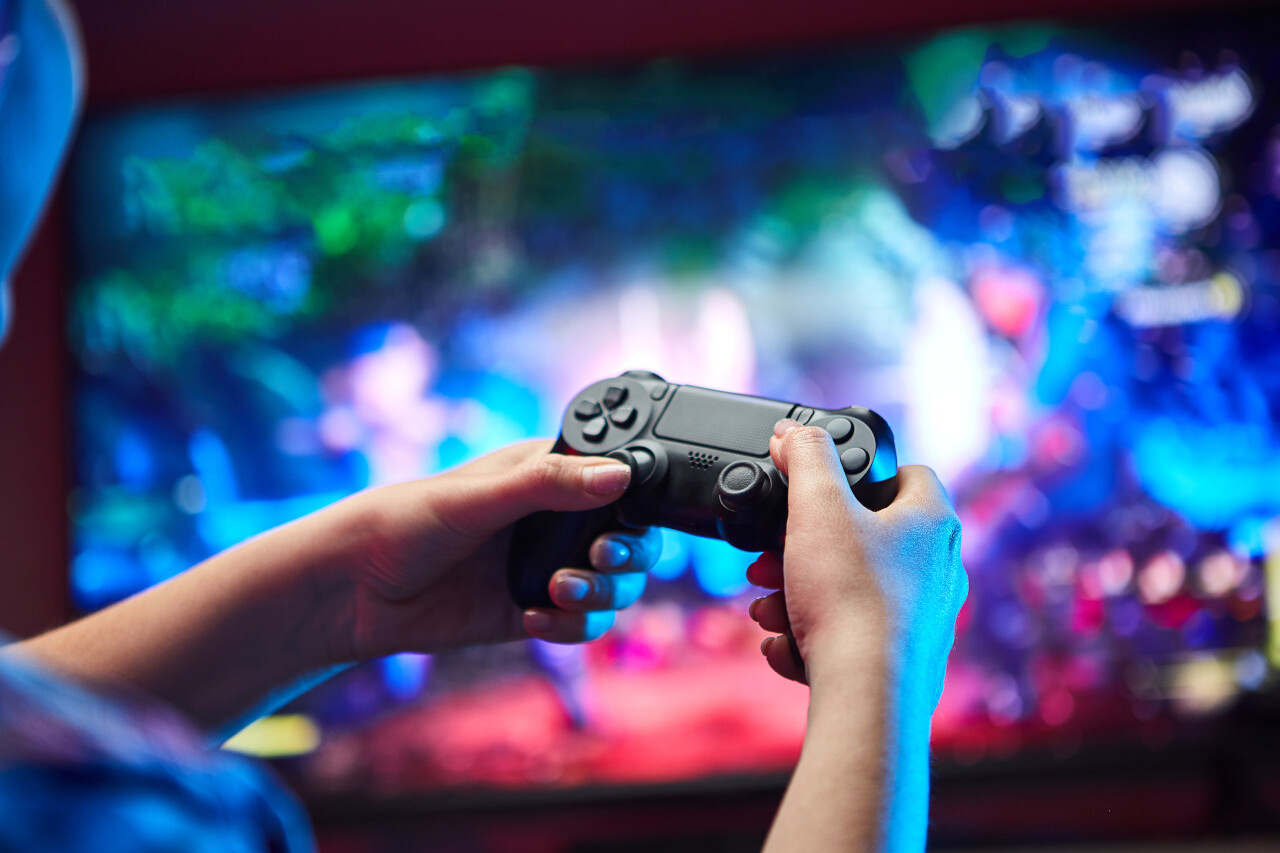Low Latency Forced Mode Makes PlayStation 5 Worse

The newest generation of consoles and graphics cards are showing us gameplay that would blow your Grandpappy’s mind. Graphics are getting so realistic and gorgeous that soon (hopefully) we’ll be rid of the uncanny valley forever. Gamers sure do love their tasty graphics, but a discerning eye can see that the tech we’re playing on, be it because of our OLED TV or because of the hardware in our console or PC, doesn’t always keep up with animation as the devs intended it to look.
PlaySation 5 snuck in a little update under the radar, meant to make things better, but for some gamers, it’s just making things more difficult. It introduced Auto Low Latency Mode. Which means the console will automatically change to “game” mode when it detects lower latency. Latency means the speed at which your console or computer can send information to the relevant server, and then receive a response. Basically, how fast your PlayStation 5 can talk to the server it’s getting information from.

Shutterstock
So when your PS5 perceives the latency dipping below a certain point, it switches to Auto Low Latency Mode. This seems like a good thing right? As Digital Foundry’s John Linneman explains, not necessarily. With a lot of flat panel screens, the refreshing of pixels to create the next image and give us the illusion of movement (aka animation), causes us to perceive motion blur as the images change from frame to frame. This is called persistence blur. Many who perceive this to be a problem work around it by using something called “black frame insertion”. Instead of the screen going from one colored, pixelated image to the next, a totally black frame will appear in between images. The speed of the frame refresh makes these screens imperceptible to us as viewers, but tricks our brains out of seeing the persistence blur.
Don't Miss
The way Sony has implemented the new update, means you aren’t able to use black frame insertion. There are workarounds, but it involves multiple steps and depending on your screen, might have to be done every time you boot up the system. This is a lot of technical jargon, but it’s not just some crazy fan theory. Here’s hoping Sony patches their update soon. With the wide range of screens and technical specs gamers have in their homes, customization options are a must.